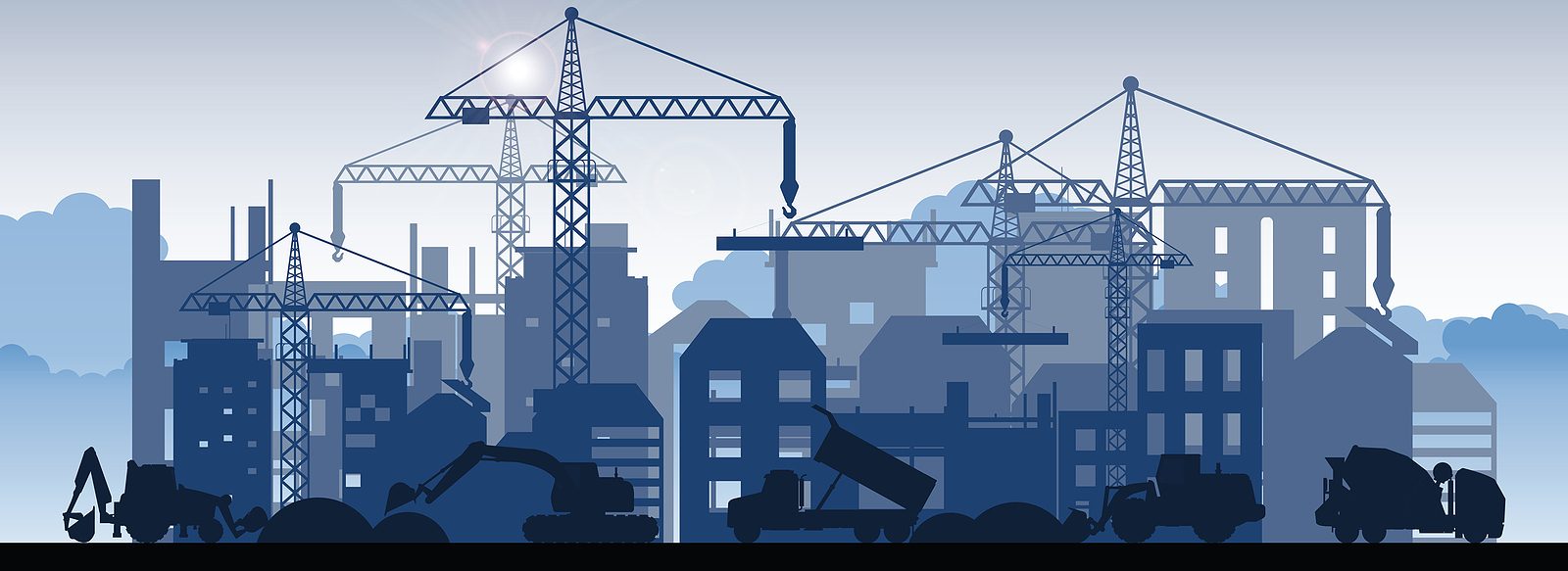When you sit online for a bit, you can find mountains of information – blog after blog by excited homeowners documenting their build journey. Forum after forum, warning of pitfalls and giving advice.
Project homes are seen as an economical, secure and confident way to build. They’re designed on a scale that allows for systems, bulk buying and delivery methods to reduce costs.

Getting Started
The pre-construction phase sets the foundation for your project. It’s when you can set clear expectations, define responsibilities and establish a timeline for the project. It’s important to communicate your budgetary constraints and your desired completion date during this phase of the project so everyone is on the same page.
When you build a home partnering with skilled Busselton builders it will be based on a series of pre-designed homes that are suitable for various block widths, lifestyles and environments. You’ll visit the home builder’s display villages where they will ask you about your block dimensions, how many bedrooms and bathrooms you want, your living space needs and your outdoor area requirements and then present you with options for your new home based on those requirements.
Unlike custom builders, project home builders are more like a one stop shop and will have a selection of upgrades and inclusions that they can offer you. Often they will have what they call ‘economy of scale’ – meaning that because they build a large volume of houses, they can leverage discounts with their supply chain and pass on those savings to you.
They will also typically have a list of approved contractors that you can choose from which will take the hassle out of vetting individual trade partners for you. However, it’s worth noting that most home builders add a 10% supervisory profit margin to any professional charges they incur for services like electricians and plumbers.
Designing Your Dream Home
Designing your dream home involves a process of unleashing your imagination and refining your vision into something that reflects all that you desire in a new house. This can be done on your own or with the assistance of professionals like Indianic Homes South West WA. Each approach holds unique advantages and brings its own pitfalls to consider.
If you have a block and you’re happy with a display home you visited (starting with basic finishes) or a brochure you flicked through in a sales office and are prepared to accept the risk of hidden costs then a project builder might be for you. If however you want to be involved in the design of your own home, not have to worry about hidden costs and would like a one on one relationship with your builder throughout your building journey then a custom home builder might be the right fit for you.
One of the main problems with project homes is that they are usually based on a set of pre-designed house plans which have been used multiple times in many different sites. These are often designed for flat, rectangular blocks and do not take into consideration things like bush fire regulations, views, orientation or the occupants’ lifestyle requirements. They also have a limited range of inclusions and fixtures to choose from based on their supplier discounts.

Building Your Home
The build process begins with site preparation. This can be minimal on tract homes or lots where utilities are installed, but for sloping blocks backhoes and bulldozers will need to disturb at least some of the ground. This is also an opportunity for the builder to demonstrate their responsibilities and procedures around maintenance, upkeep and warranty coverage.
Project builders, also known as volume home builders, are companies that offer a range of standard house designs and build them on a large scale. They operate from a combination showroom/office and typically have a team of supervisors who visit jobs regularly to assess quality, oversee progress and ensure the construction schedule is being met.
For the home buyer this can be a more efficient option, especially if you’re building to a budget and don’t need any design alterations. However, if you do need any alterations you’ll need to choose from their catalogue of pre-set designs and be prepared for the extra costs associated with making these changes.
The major disadvantage of project homes is that they are not designed with the individuality and unique characteristics of a block of land in mind. They are designed for ease, economy and standardisation of construction, so the home rarely responds to the site’s particular context including the view, orientation and the lifestyle of the new owner.
Choosing Your Lot
Before you decide how many bathrooms you want or what color you’re going to paint the living room, it’s important to choose the right lot for your new home. The location of your home has a major impact on your quality of life, your energy costs and maintenance needs. It also affects how well your custom home design will work on your site, and whether it’ll maximise the view from your lot.
If you’re working with a project builder, they’ll usually include the price of your lot as part of the price of your new home. However, this doesn’t mean that you don’t have to do your homework. Ask for a community site map and talk to your sales representative about what the lots look like in terms of slopes, drainage and how well certain floorplans will fit on each one.
It’s also worth visiting your site at different times of the day to see how it will change throughout the day and year. For example, a serene morning in Park City might transform into a busy afternoon, and it’s also worthwhile considering the proximity of future commercial developments and how they may impact your home value. Finally, it’s also a good idea to talk to your neighbors about their experience with the neighborhood. Their feedback can help you make the best decision for your family.

